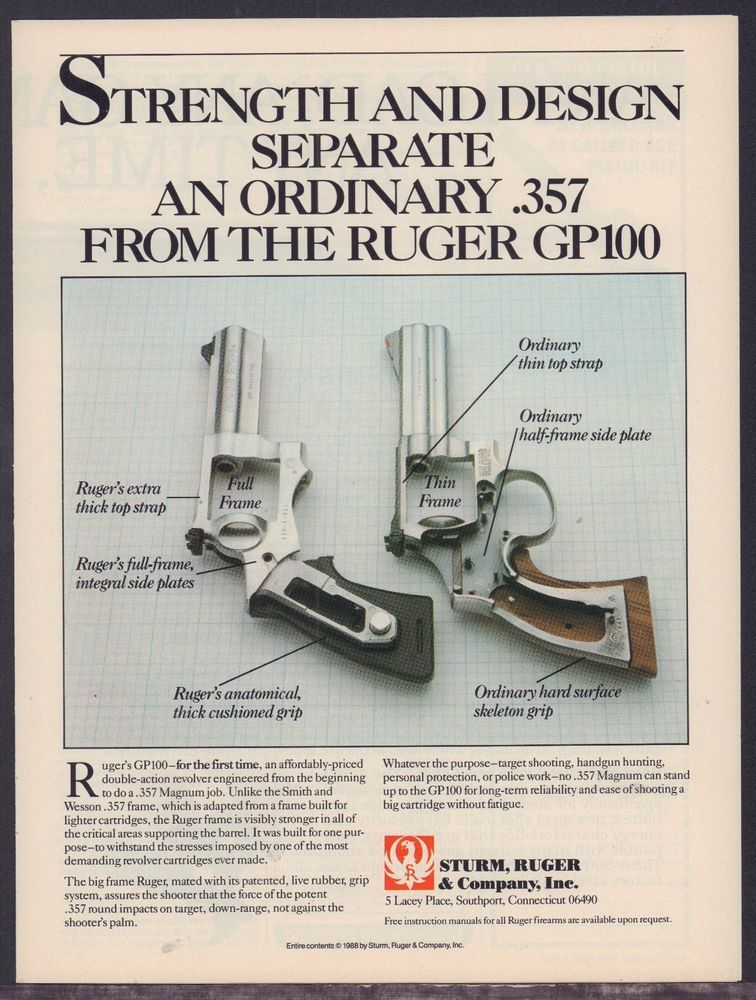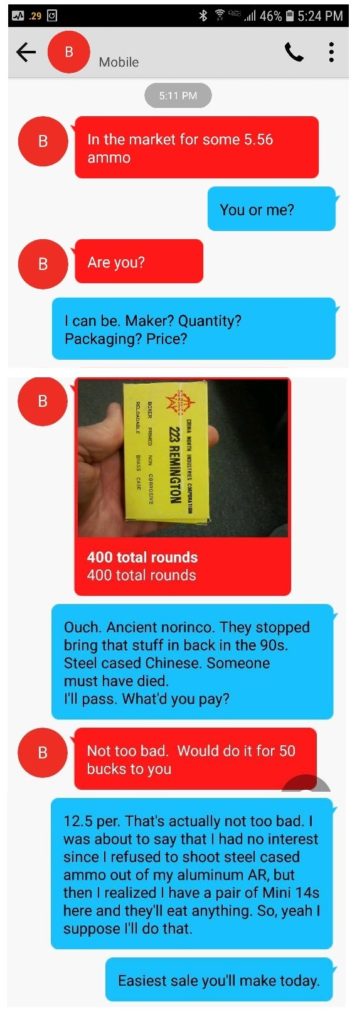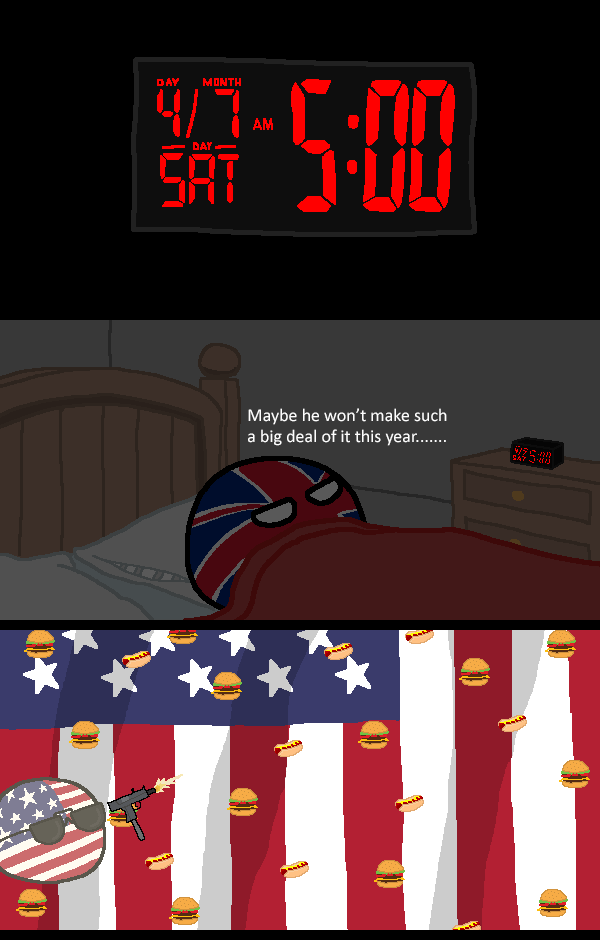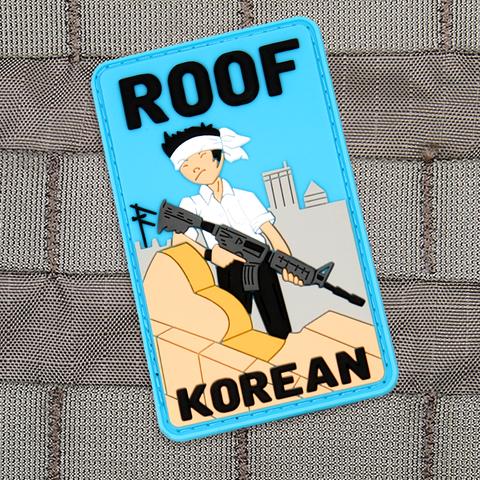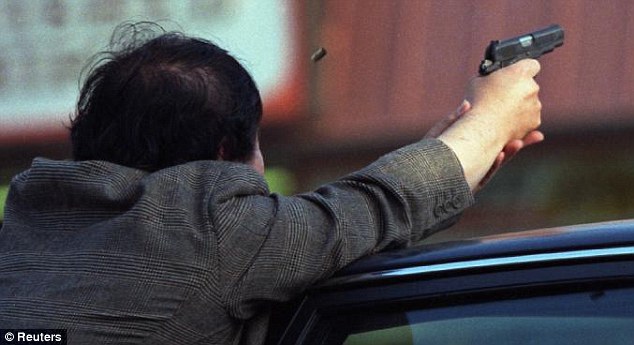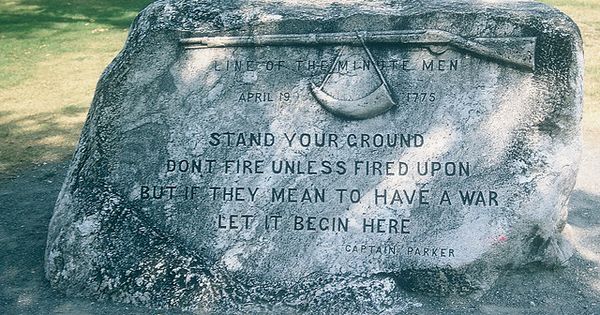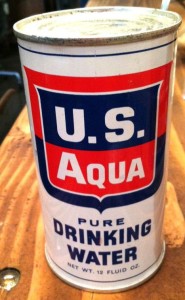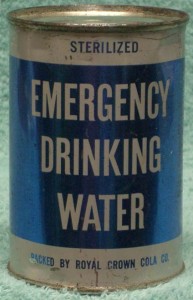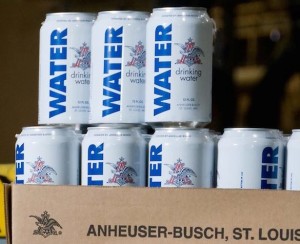I realized something today as I was trolling around through my library of various survival books. Do you guys know what this December is? Think about it a moment….what happened 20 years ago this December? Correct! It will be the 20th anniversary of The Great Y2K Scare!
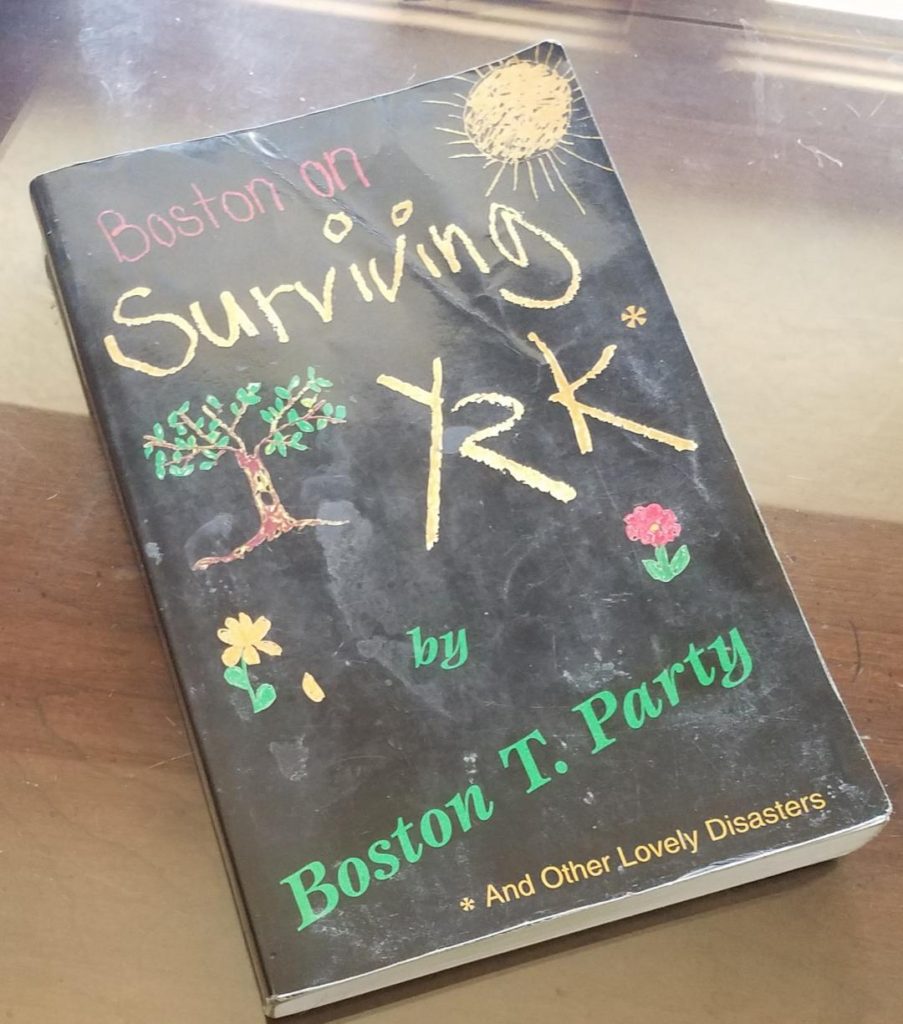
An interesting book at the time, it’s downright amusing to read now. Technology, especially on alternative energy systems, has changed so much in price and performance that the recommendations in this book are like reading Tappan’s “Survival Guns” and being amused at the anachronistic recommendations. HOWEVER, what worked twenty years ago would work now, just not as efficiently or economically…so there is still some merit here.
Ah, remember that? We were going to have to face the apocalypse with 10-rd magazines and nothing to fix our bayonets to because the Assault Weapons Ban was still in effect. I remember seeing news articles about True Believers selling the condo in California’s wine country and buying scrub land in Arizona to build a bunker, fence it in, and ride out the massive civil disturbance that would happen as we all suddenly found ourselves in a Stirling/Kunstler/Forstchen novel. Everyone laughed and pointed fingers at people who were concerned over it while secretly doing a little extra shopping and stockpiling.
With hindsight being 20/20 and all, we know now that Y2K turned out to be prety much a bust. The following summer there were some fascinating garage sales as people sheepishly sold off their new-in-box generators and whatnot. But, just as people started laughing at the foolishness of the preparedness crowd we had the Septenber 11th terrorist attacks and suddenly having a few goodies tucked away didnt seem so unreasonable.
Its a toss up as to which thing made preparedness more mainstream…Y2k or 9/11. Either one, on its face, wouldn’t have been enough but the two events (or non-event, I suppose) together within a short timeframe….thats a different story. But, that was almost twenty years ago and many people who jumped on the bandwagon after those events have probably slacked off a good bit. However, those of us who were of that mind before those events took it as validation of our beliefs and continued apace with the conviction of the vindicated.
9/11 also sent a whole generation of people into the military and overseas where a good chunk of them, now in their 30’s and 40’s, got exposed to what the rest of the workd is like when you’re away from the relative civility of the First World and it’s people. I’ve met plenty of Afghanistan/Iraq vets who were not into preparedness, but I’ve never met one who thought it was stupid. They have a perspective that people who have never been to Third World violence-fests simply don’t have.
I do recall sitting around at midnight on New Years Eve 1999 with an AR across my lap waiting to see what happened. As it turned out….virtually nothing. Certainly nothing catastrophic to my world. Oh, maybe there were some isolated incidents here and there of time locks not functioning, extremely localized grid failures, that sort of thing….but a Purge-like, blood-in-the-streets, we’re-on-our-own sort of situation? Nope.
It was about ten years before I finally used up all the rice I had laid back, and I’m fairly confident theres still a few ammo cans of .38 and .308 ammo sitting in storage from that era. A lot of the consumables (toilet paper, batteries, canned goods, etc.) were used and replaced as time went on, so no real waste there. I would guess that the only real ‘wasted effort’ was that instead of finding a New Years Eve party to attend for the big event I chose to hole up in my house with a very attentive eye and ear on the news.
But, of course, the world is a somewhat different place now. Terrorism was something that happened overseas, digital infrastructure attacks were a theory, people with too many vowels in their name limited themselves to blowing up cars in distant lands, and no one got strip searched for trying to bring more than 3 oz. of shampoo on an airplane. I would guess that the reasons to be prepared are even more pressing than they were then. :::shrug::: Makes no difference to me. Even if the world suddenly turned into a quiet, peaceful place tomorrow I’d still keep a secret room in the house….just in case.


